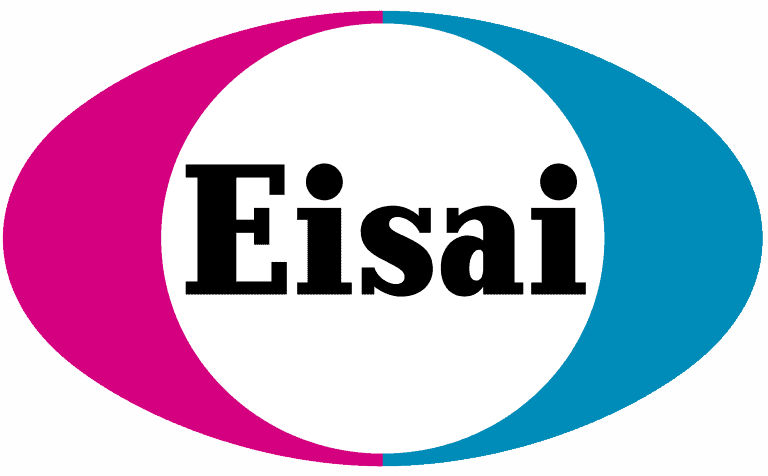Last week, I had the opportunity to attend the 2023 Park City Epilepsy Meeting and an open house for the NIH/NINDS Epilepsy Therapy Screening Program (ETSP) contract site at the University of Utah. DSF was proud to sponsor the Park City Epilepsy Meeting this year, which focused on cutting-edge approaches to transform epilepsy therapies.
Take-aways from the Park City Epilepsy Meeting:
I unfortunately missed the keynote address from Dr. Scott Baraban which detailed some of the pioneering work his laboratory has accomplished. Dr. Baraban’s work has exemplified the power of zebrafish in therapeutic discovery, with drugs identified as effective to treat seizures in a zebrafish model of Dravet syndrome now being tested in human clinical trials. Later in the meeting, Dr. Paige Whyte-Fagundes, a postdoctoral fellow in the Baraban lab, discussed how they are using new imaging techniques and machine learning to push the envelope on assessing drug responses in zebrafish models of epilepsy, revealing insights not possible with previous technology. Additionally, Dr. Colleen Carpenter, presented on the work in her own lab using the Dravet syndrome zebrafish model (scn1lab-/-) to study behavioral changes and how different drugs may be able to normalize behaviors.
Dr. Baraban also discussed the inspiring story of a sea lion named Cronutt. Cronutt was found critically ill on the beaches of California with severe epilepsy from exposure to a toxin in the ocean. Dr. Baraban was able to apply techniques his lab had initially explored in mice to develop an experimental treatment for Cronutt. Dr. Baraban and his collaborators were able to transplant neural progenitor cells from pigs into the sea lion’s brain, effectively reversing his symptoms. As of early October 2023, Cronutt remains healthy and is now 3-years seizure-free. A lot remains to be explored regarding the how this type of therapeutic approach might be translated to human medicine or if it could be beneficial for genetic-based epilepsies, but Cronutt is an amazing example of the potential future of novel epilepsy therapies.
Many of the talks focused on advanced methods for studying epilepsy, such as Dr. Whyte-Fagundes work described above. Dr. Jiannis Taxidis presented on ‘fast-rate voltage imaging of neuronal dynamics,’ which allows researchers to visualize of the activity of neurons and gather information as detailed as if they directly measured the electrical activity. There were several talks focused on the use of organoids to study epilepsy. Rather than a simple layer of cells in a dish, organoids are more structured assemblies of various cell types. Neural organoids allow researchers to more closely model networks of cells that would communicate in the brain. Importantly, organoids can be made from patient-derived cells allowing researchers to ask questions relevant to human disease in this model system. Multiple organoids representing different populations of cells from the brain can even be fused into a more complex ‘assembloid.’ Organoids and assembloids do still lack the full complexity of an actual brain but are still proving useful to tease apart some of the circuitry changes that lead to epilepsy.
There was also a large focus on therapeutic development. Neuromodulation has been an increasing topic of interest for the epilepsy community. Neuromodulation delivers electrical signals to stimulate neural pathways and includes approaches like vagus nerve stimulation (VNS), responsive neurostimulation (RNS), deep brain stimulation (DBS), or transcranial magnetic stimulation (TMS). Dr. John Rolston gave an interesting talk where he discussed some of the challenges to the current dogma surrounding neuromodulation. He presented data that suggests there may be benefit to modulating the brain during a ‘low-risk’ state with RNS rather than specifically during an active seizure, meaning it may be time to revisit some of the assumptions the field currently has about the timing of certain neuromodulation interventions. Dr. Gabriele Lignani presented an interesting body of work related to genetic therapies that instead of only targeting a specific genetic cause of epilepsy (such as the SCN1A gene in Dravet syndrome) genetic therapies might be able to target common mechanisms that are impacted in various epilepsies. These genetic therapies for epilepsy would be “cause agnostic,” and may also have increased potential to overcome developmental windows for intervention. Specifically, Dr. Lignani discussed a genetic therapy delivering a modified potassium channel that can reduce excitability of targeted neurons. Expression of the potassium channel is under the regulation of neuronal activity, targeting the therapy to neurons that are more dysregulated. An outstanding challenge currently is that this approach would need to be delivered to a targeted region of the brain, which may prove a therapeutic challenge for genetic epilepsy syndromes. Another talk I found interested was Dr. Michael Cima discussing micro-dosing of anti-seizure medications directly to seizure centers in the brain through a very small canula as an alternative to epilepsy surgery. This holds an advantage over a surgery as it would be reversible, as well as an advantage over oral administration of medications that require much higher doses (over 1000x higher). Again, because this requires a targeted region of the brain to be identified, it may be less useful at this stage for generalized genetic epilepsies.
Visiting the Epilepsy Therapy Screening Program (ETSP) Site at the University of Utah:
The Epilepsy Therapy Screening Program (ETSP) is funded by the National Institutes of Health (NIH)/National Institute of Neurological Disorders and Stroke (NINDS) in order to facilitate the discovery of new therapeutic agents to address the unmet needs in epilepsy, particularly for those with drug resistant epilepsy. Experimental therapies can be submitted to the ETSP by researchers in academia and industry to be tested at no-cost across several mouse and rat models of seizures and epilepsy, including a genetic mouse model of Dravet syndrome. The University of Utah has been a contract site for the ETSP since 1975, contributing experimental data that led to many FDA-approved 3rd generation targeted anti-seizure medications including topiramate (Topamax), cannabidiol (Epidiolex), and cenobamate (Xcopri). As part of the visit, I was able to tour the laboratories and see some of the approaches they are using first-hand. The expertise and expediency of the program was impressive. I also was able to visit with Karen Wilcox (director) and Cameron Metcalf (co-director) to talk about their work with the ETSP as well as work done in their private research related to Dravet syndrome. DSF has funded both Dr. Metcalf as well as a post-doctoral fellow, Dr. Ashwini SriHari, for some of their work related to SUDEP. There are also efforts underway by member of their group to better understand the impacts of multiple anti-seizure medications together on seizures and mortality in the Dravet syndrome mouse model. It was so impressive to learn more about the impacts of the ETSP over the years and to see the program and laboratories in action.
The Park City Epilepsy Meeting and ETSP site visit featured research on novel approaches to studying and treating epilepsy that left me feeling inspired about what might be accomplished in the coming years. I know for families living with Dravet syndrome and other treatment-resistant epilepsies that progress cannot happen soon enough. So many families carry the burden of treatments that have not come soon enough. I reflect on this daily from the loss of my own child; I feel the pain of the Dravet-community when warriors are lost too soon and too often; and this was further driven home during the meeting when I heard of the loss of 23-year old Shannon with Phelan-McDermid Syndrome who was the daughter of a fellow advocacy leader, Megan O’Boyle. It can be difficult to have faith in the future of progress when we reflect on these losses, but when I see how much can be accomplished, particularly when we all come together, I find myself still inspired by hope and driven to help push progress forward.






